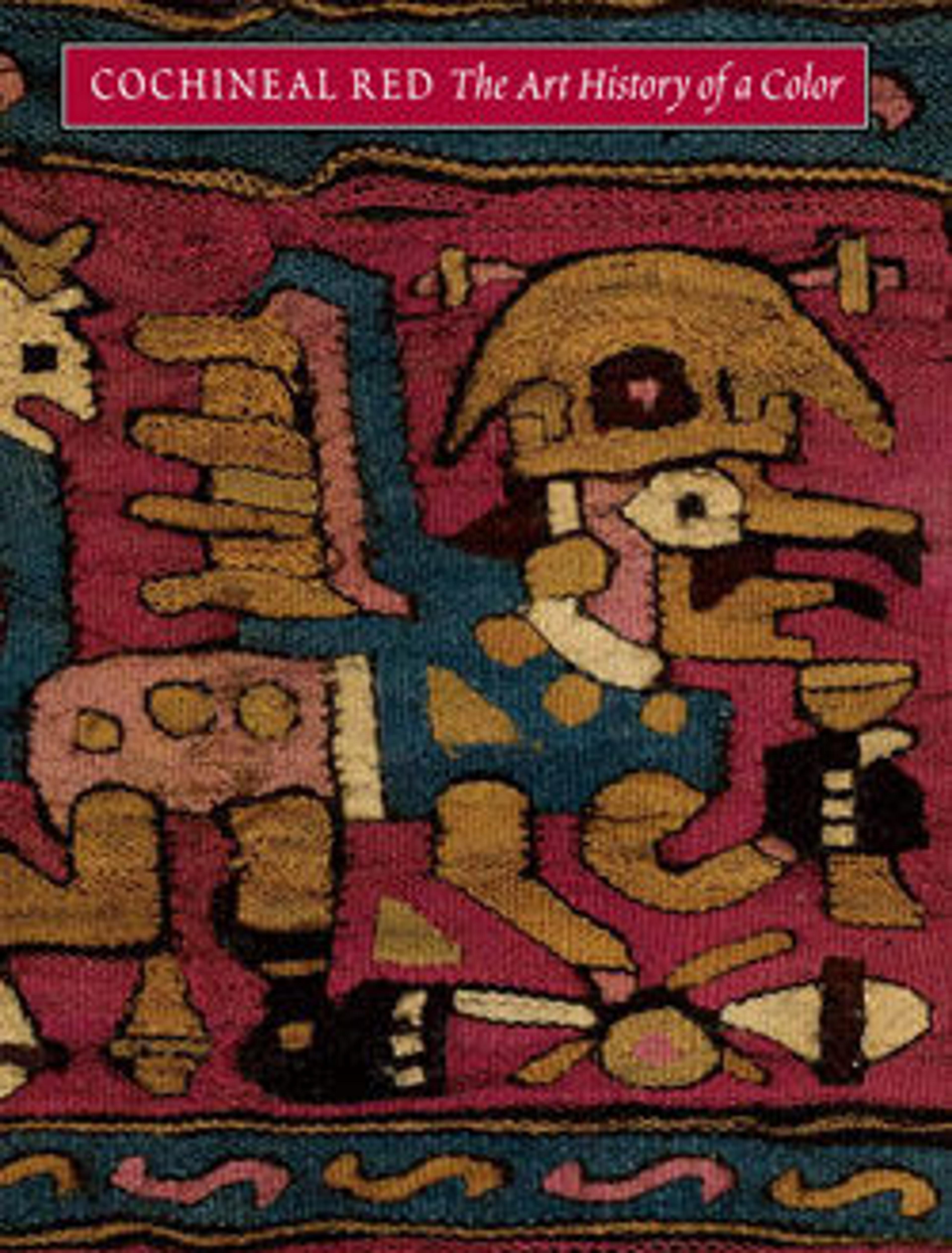Shoes
Artwork Details
- Title: Shoes
- Artist: Vincent van Gogh (Dutch, Zundert 1853–1890 Auvers-sur-Oise)
- Date: 1888
- Medium: Oil on canvas
- Dimensions: 18 × 21 3/4 in. (45.7 × 55.2 cm)
- Classification: Paintings
- Credit Line: Purchase, The Annenberg Foundation Gift, 1992
- Object Number: 1992.374
- Curatorial Department: European Paintings
Audio
6402. Shoes
Gallery 822
Van Gogh possessed an extraordinary ability to invest even the most humble motifs with great dignity. This talent is particularly apparent in the poignant painting of a beaten-up old pair of shoes.
Van Gogh painted these shoes in 1888, in the Provençal town of Arles, where he lived until a series of mental breakdowns forced him to enter a sanitarium in the nearby town of Saint-Remy. We don't know who actually owned the shoes in this painting. It’s possible that they belonged to a local peasant named Patience Escalier, who had posed for Van Gogh in the summer of ’88. Or the shoes might well be Van Gogh’s own; the tiled floor in the background is identical to that found in the famous Yellow House in which the artist lived. It doesn’t seem to matter whose shoes these were—but Van Gogh has infused them with such character that it's almost impossible not to see them as a pictorial stand-in for a portrait of their owner.
More Artwork
Research Resources
The Met provides unparalleled resources for research and welcomes an international community of students and scholars. The Met's Open Access API is where creators and researchers can connect to the The Met collection. Open Access data and public domain images are available for unrestricted commercial and noncommercial use without permission or fee.
To request images under copyright and other restrictions, please use this Image Request form.
Feedback
We continue to research and examine historical and cultural context for objects in The Met collection. If you have comments or questions about this object record, please contact us using the form below. The Museum looks forward to receiving your comments.
